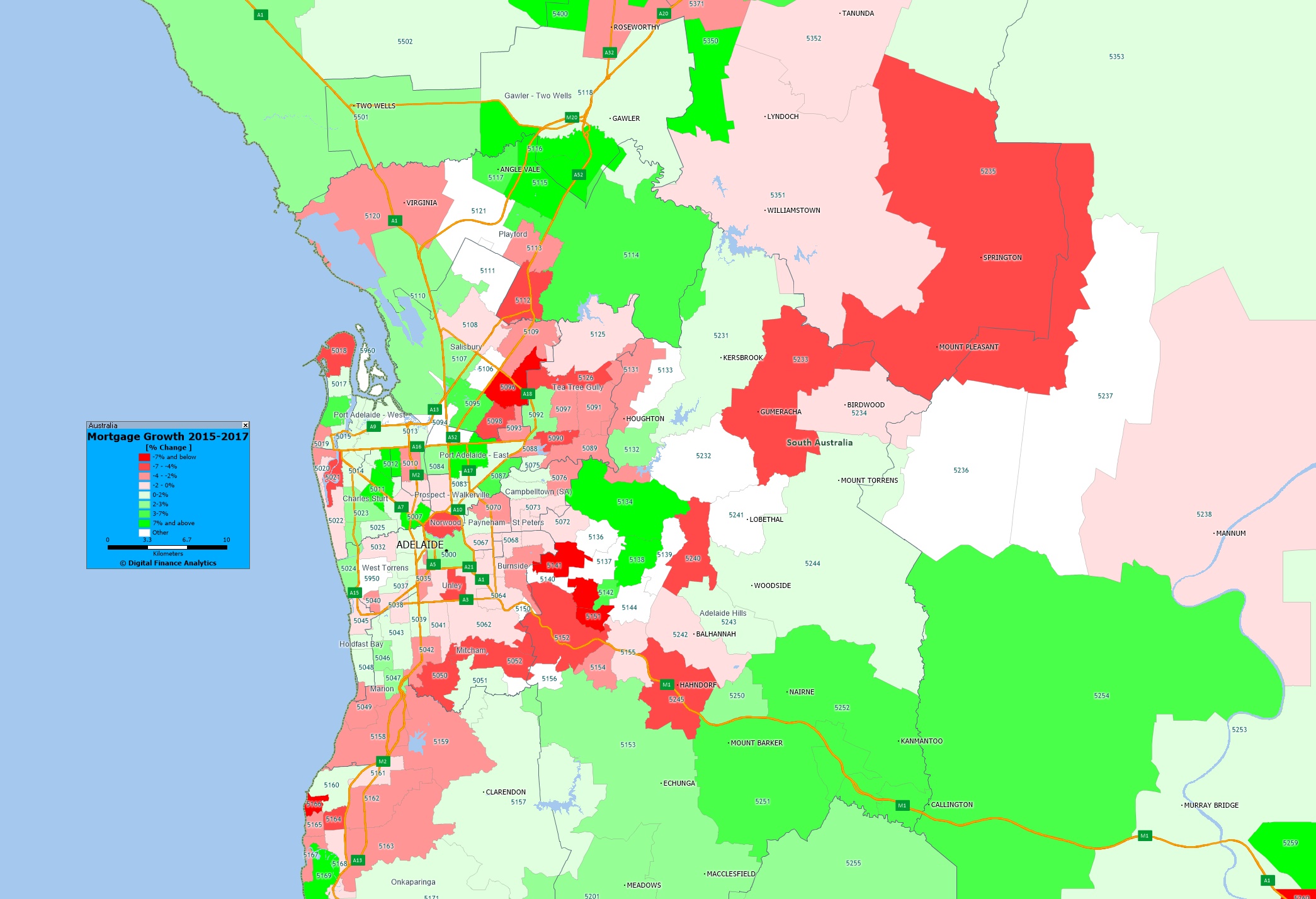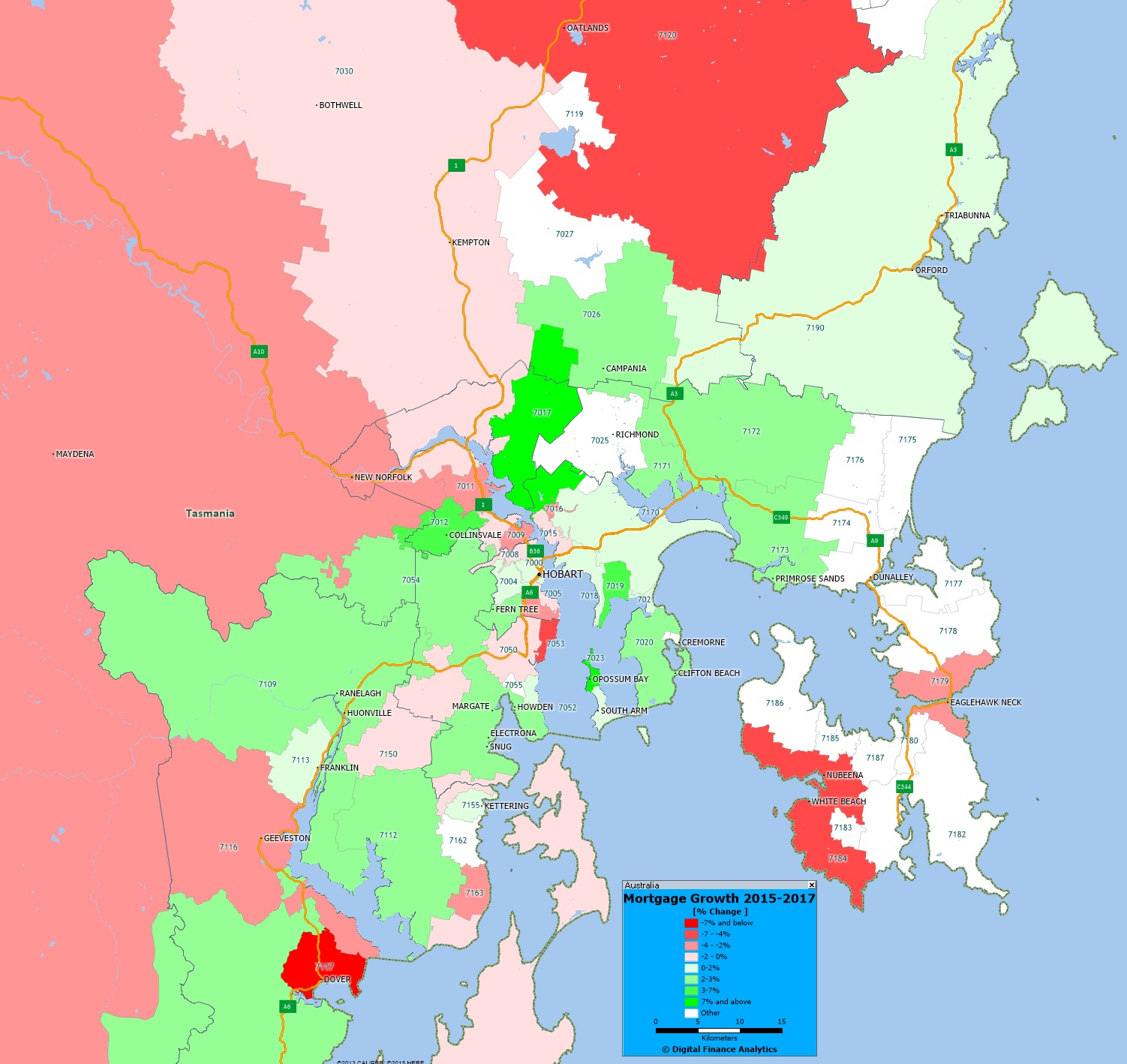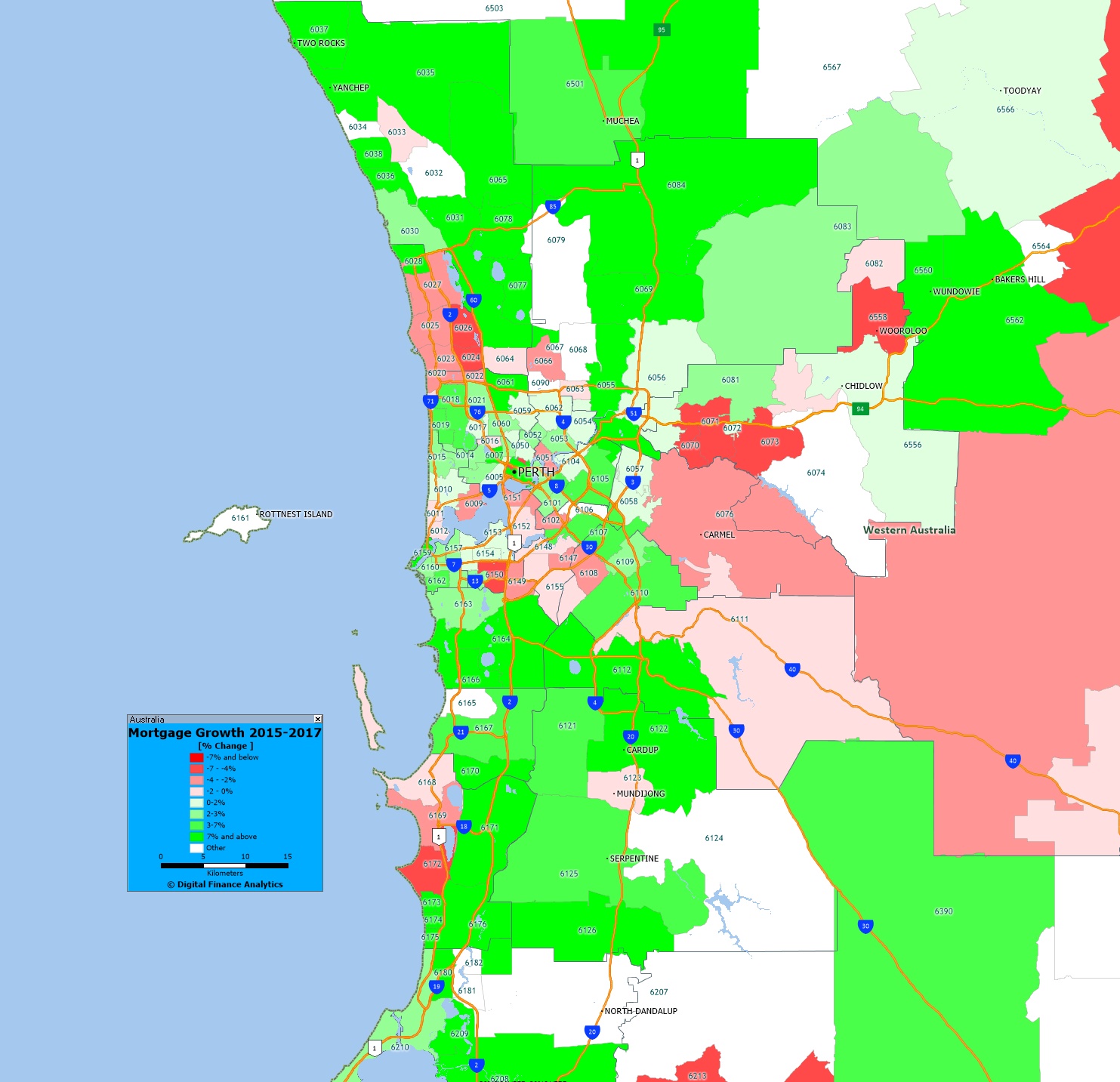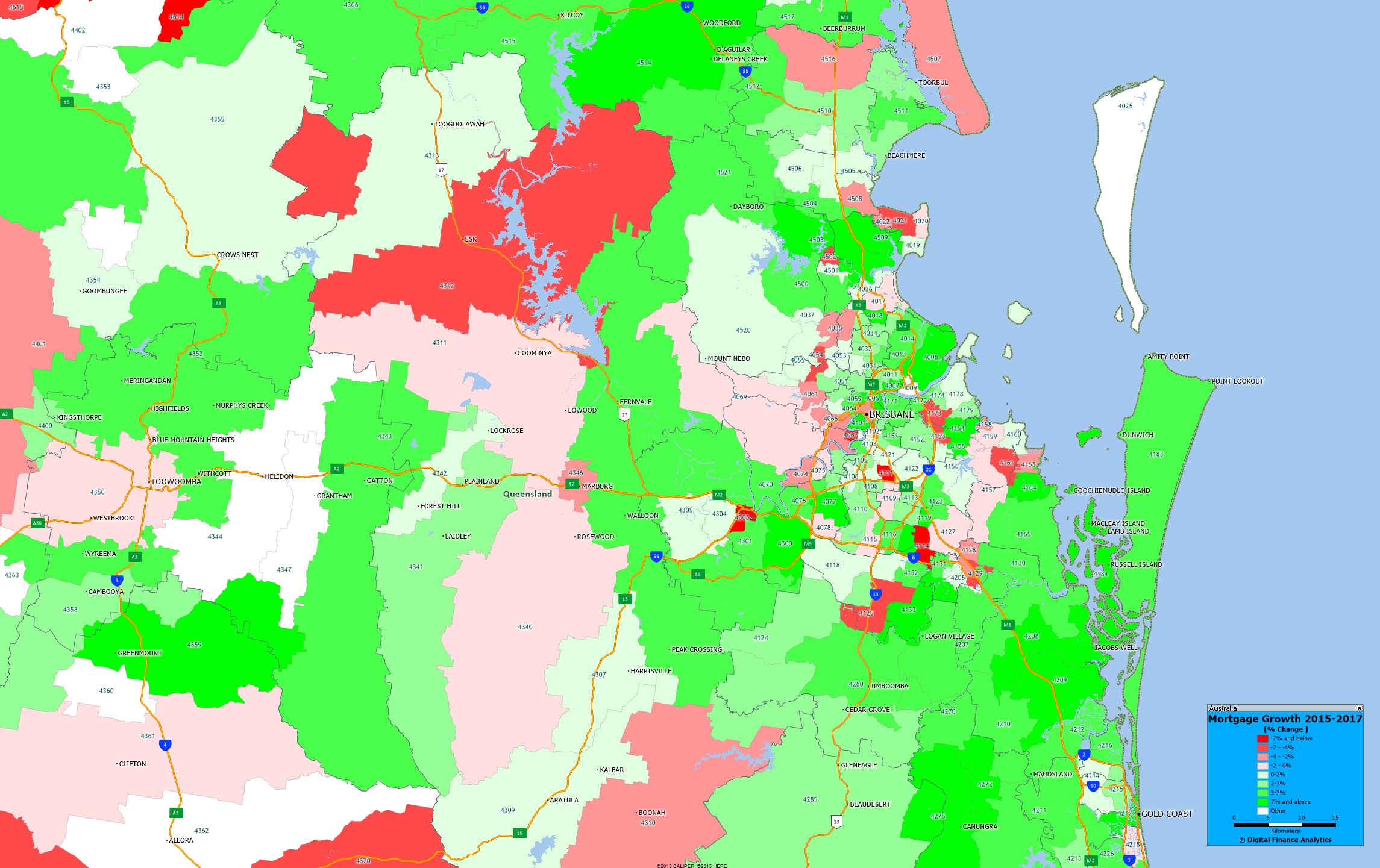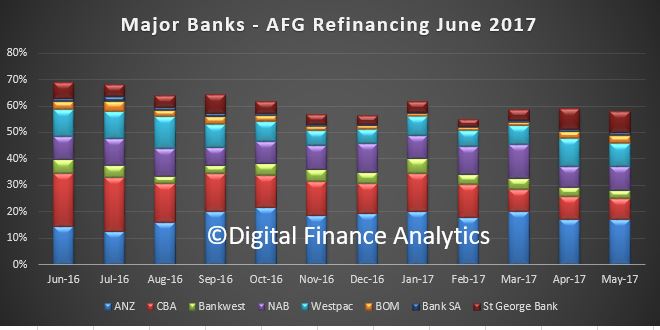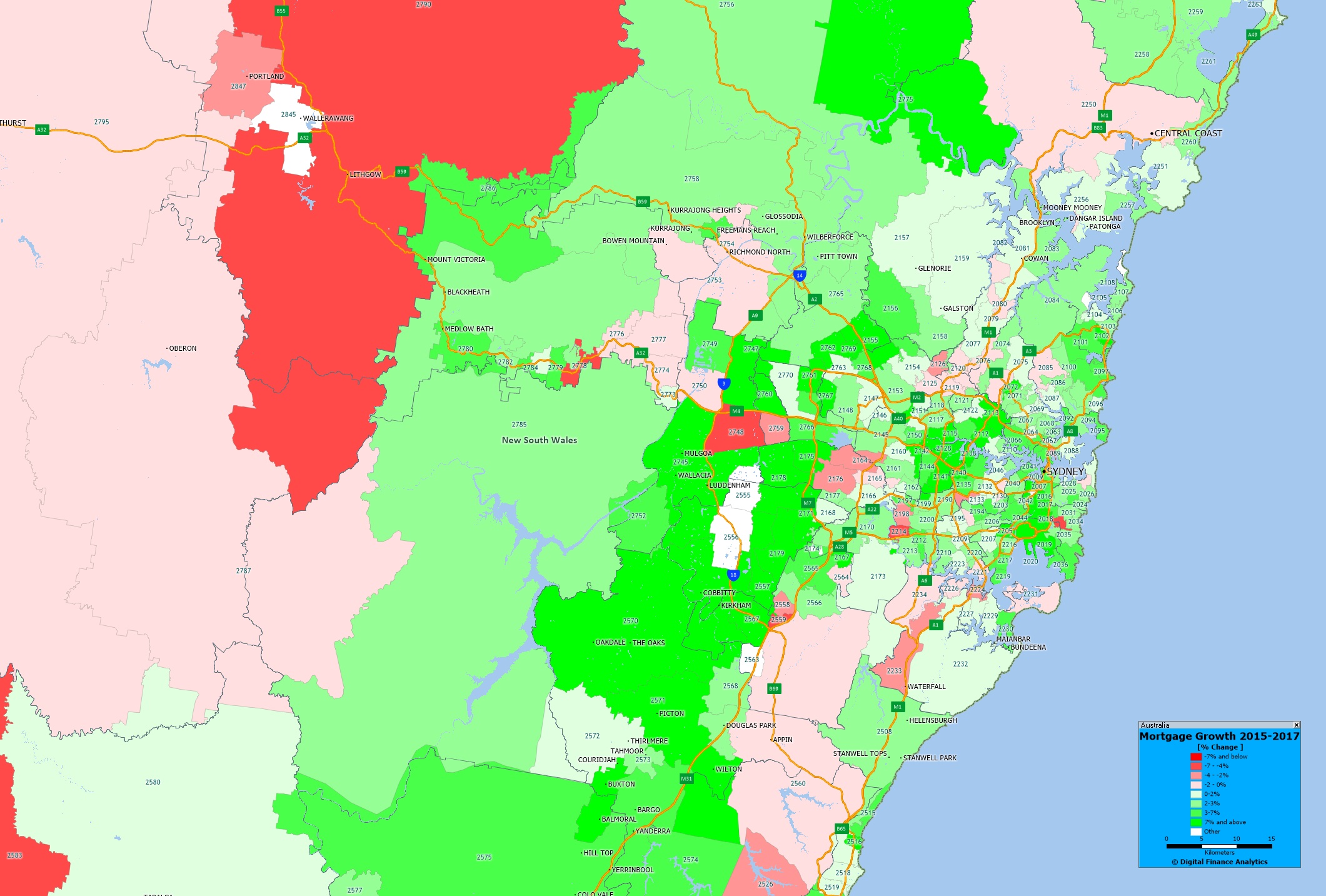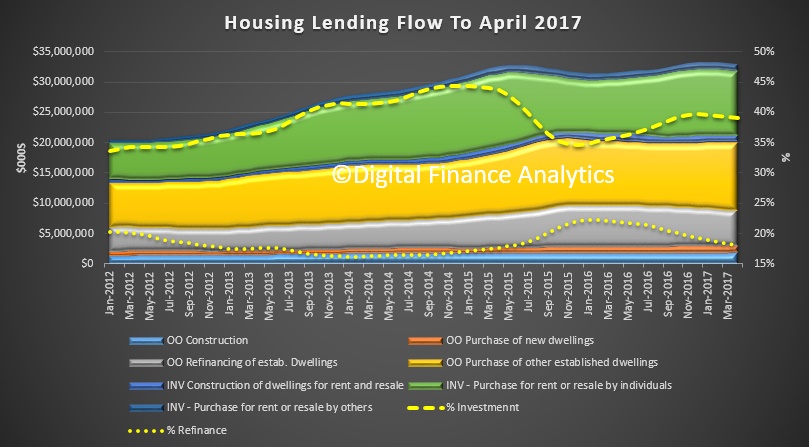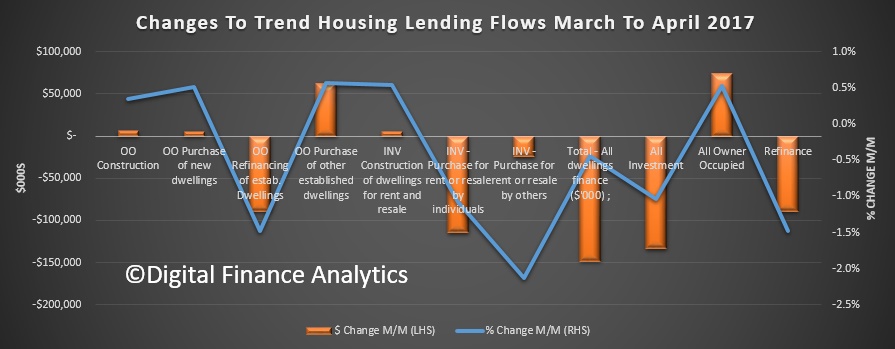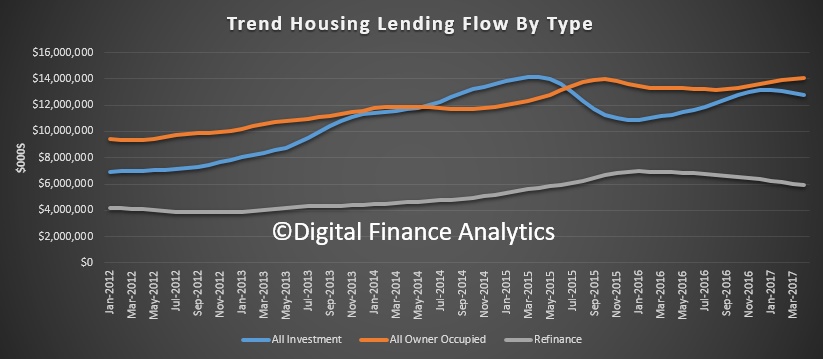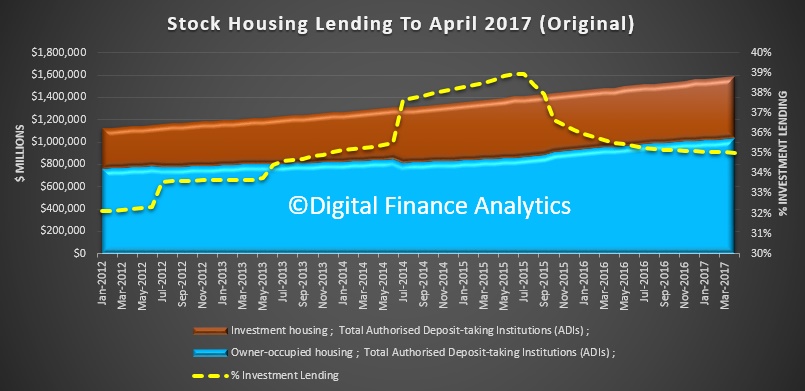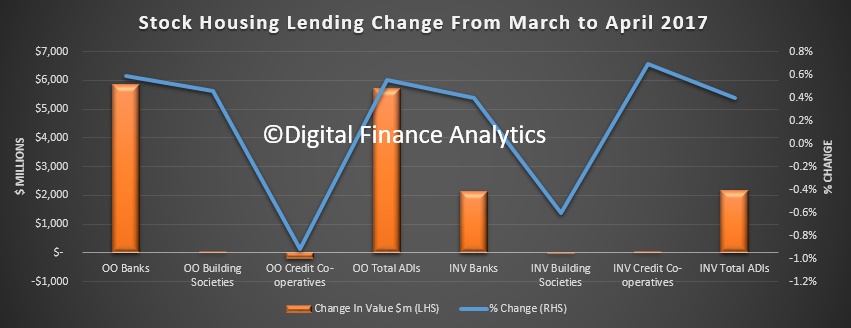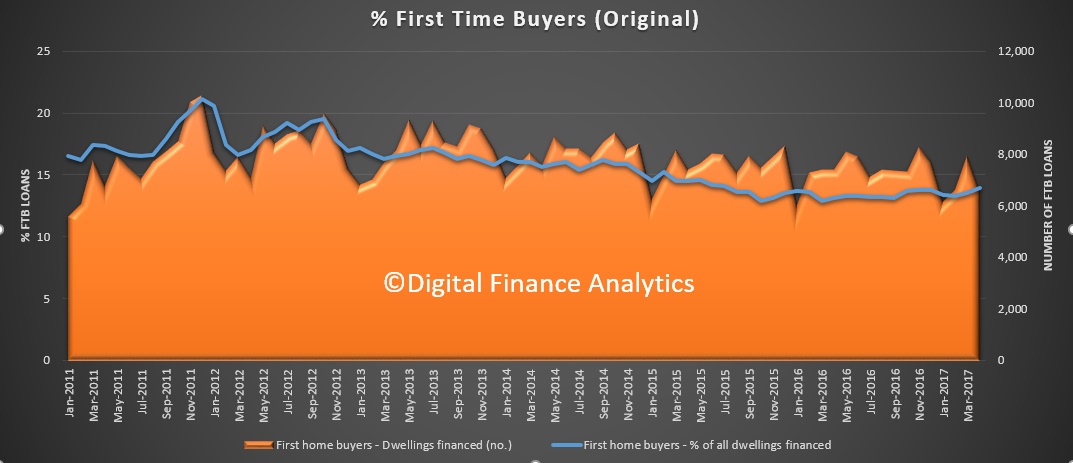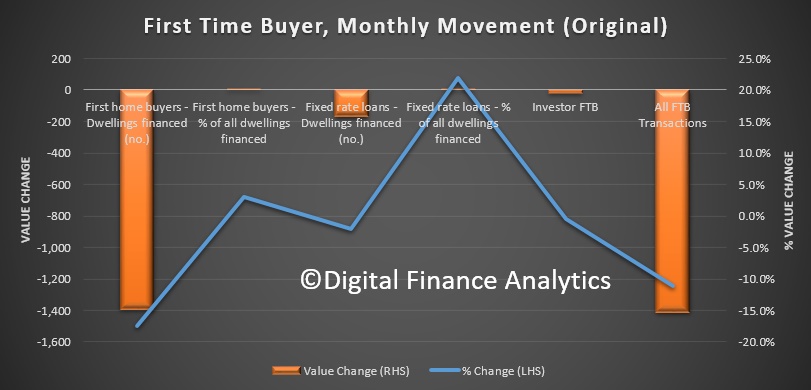The relationship of ING Australia (trading under ING Direct) with its brokers has positioned the bank well in the current economic environment, according to analysts from ratings agency S&P Global.
A note written by S&P analysts affirmed the current A- issuer rating given to the bank and said that the outlook on the long-term rating remains stable.
As a subsidiary of the wider ING Group, ING Direct was likely to be supported by its parent company in almost all foreseeable circumstances if required, they wrote.
Growth in ING Bank puts it on the same level as Suncorp, Bendigo and Adelaide Bank, and Bank of Queensland, the analysts added, with a cost-to-income ratio of around 38% – one of the lowest in the Australian banking sector.
The analysts also pointed to ING’s continued success in the third party channel despite some heavy competition.
“We believe the bank’s approach to third-party brokers – primarily one premised on simple and consistent product structures and ease-of-engagement – positions the bank well to maintain its momentum within this channel, even though it leaves the bank susceptible to business disruption akin to outsourcing risk.”
In the past this reliance on the third party has played to the lender’s strengths. Whether this continues in the future will depend on the degree to which borrowers want to use mortgage brokers versus approaching ING directly through its digital platforms, Michael Puli, associate director of financial institutions ratings and co-author of the note, told Australian Broker.
“Where we do see brokers as a part of ING Australia’s ability to manage at the moment is the speed of their systems, their consistency, and the ease of interaction. Also brokers have offered ING a degree of diversification across the country which is supportive of their creditworthiness.”
ING Direct has been better at leveraging the broker distribution network than some of its peers and new market players such as the mutuals despite recent regulatory changes, Puli added.
One risk to ING Direct related to the third party channel has to do with commission and broker incentives, Puli said.
“A company with a branch network has complete responsibility over their bank staff. However, ING Direct is reliant on brokers sourcing business so if there are any instances of unscrupulous brokers – and I think that there would be very few in this instance – then that may impact their business model.”
Plans to move into non-mortgage lending would also diversify ING Direct’s revenues and solidify its business profile over the next few years.
Despite these strengths however, S&P’s analysts noted that ING Direct’s long-term issuer rating would be unlikely to change in the coming two years. A downgrade would occur if the creditworthiness of ING Group deteriorated, they said, while an upgrade would occur if ING Group increased its ability to support ING Direct or if ING Direct itself grew to take up a stronger role within its parent company.
“In this case, ING Australia as a standalone institution is BBB+. However we expect its status within the wider group and the group’s financial strength which is an A to essentially mean that the group would step in to support ING Australia to a level that’s commensurate to an A-,” Puli said.




